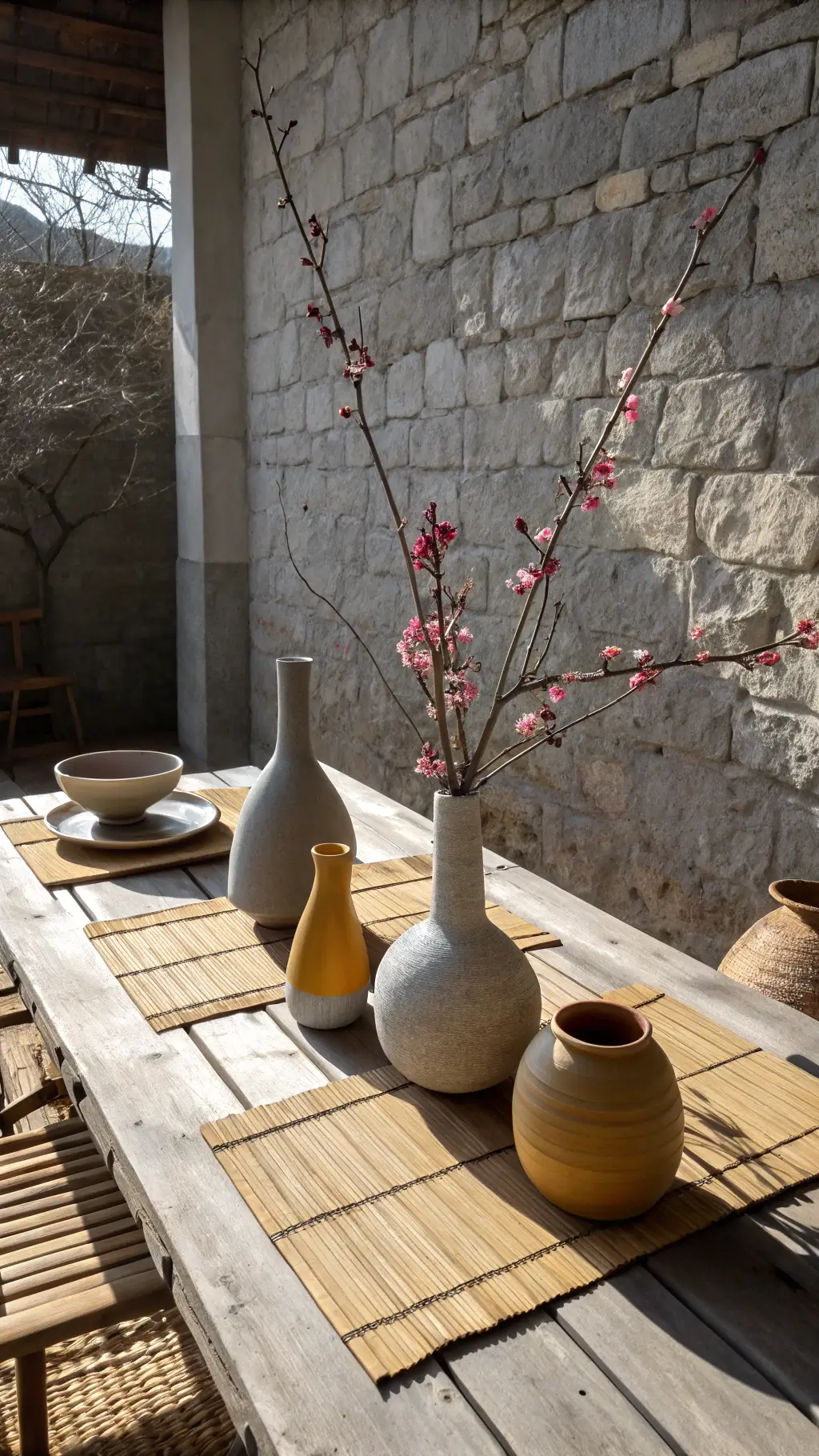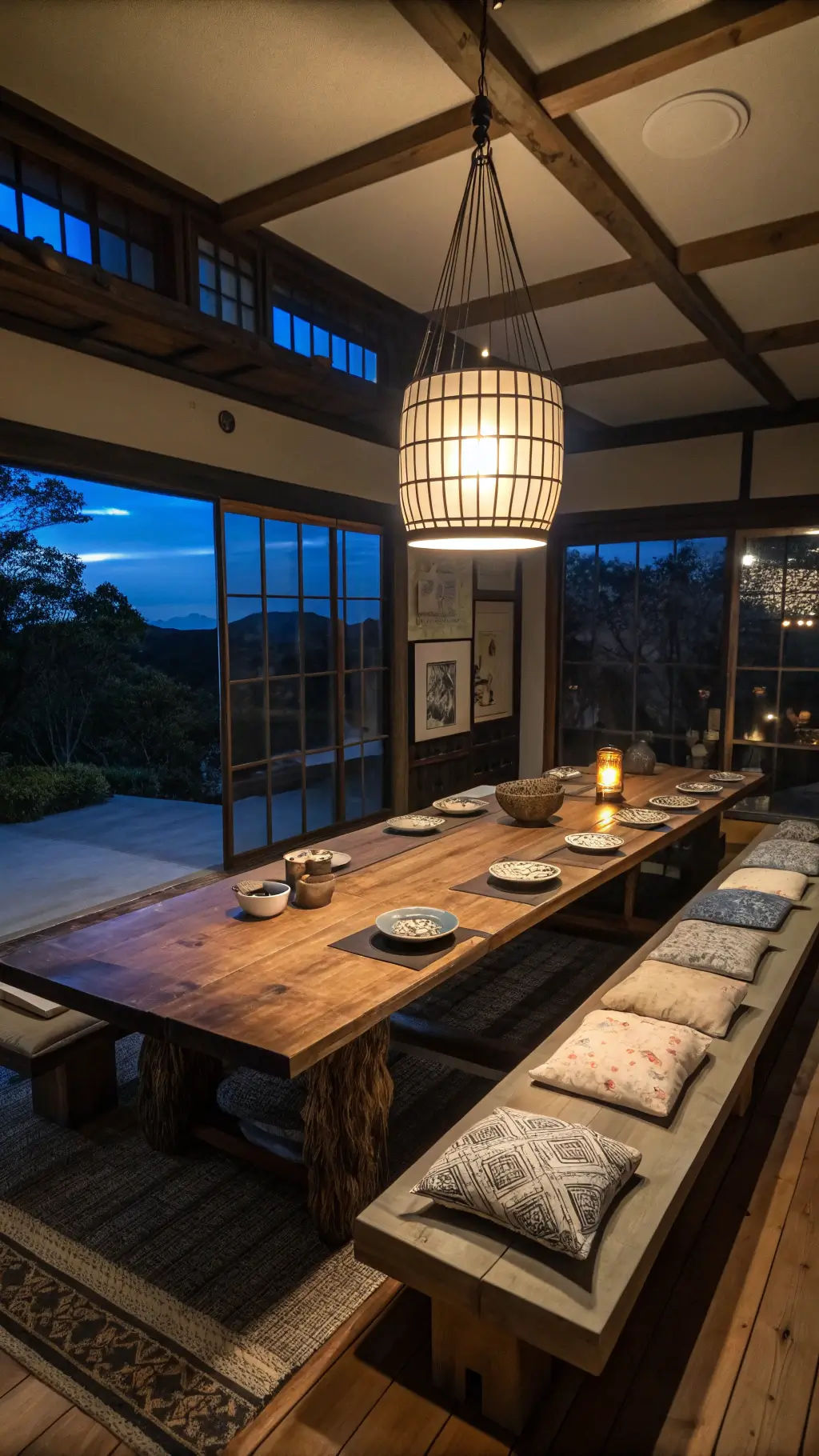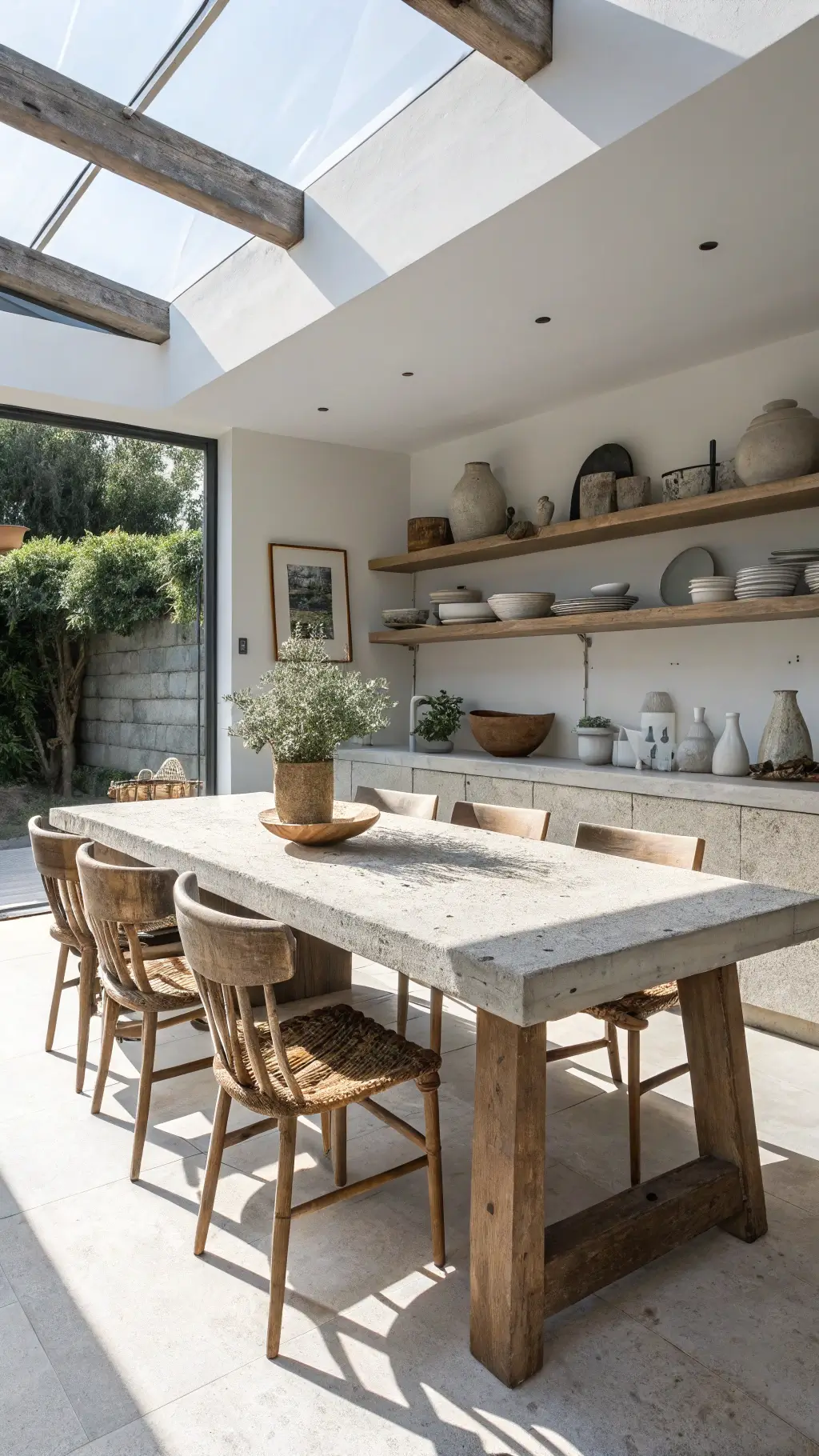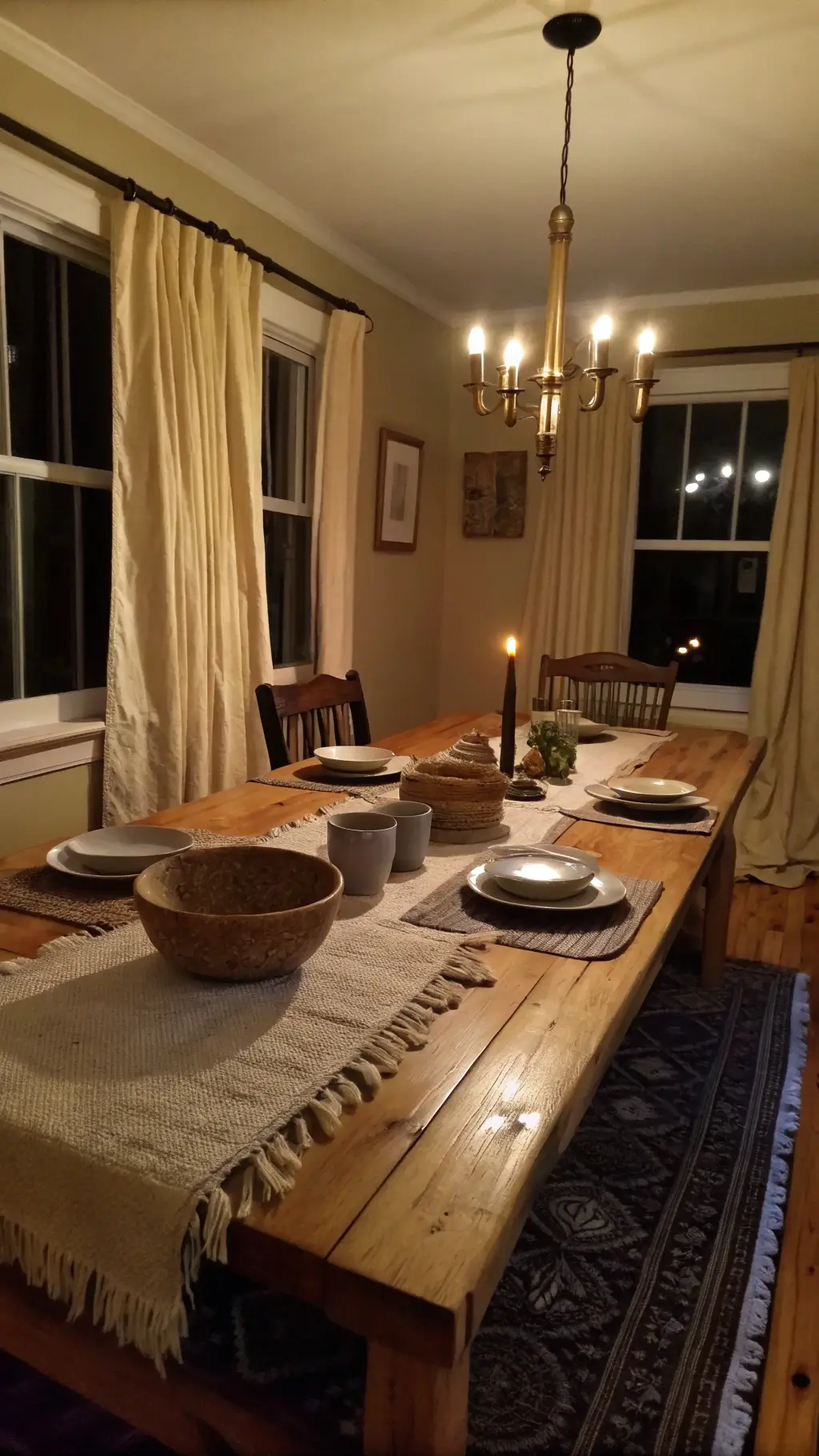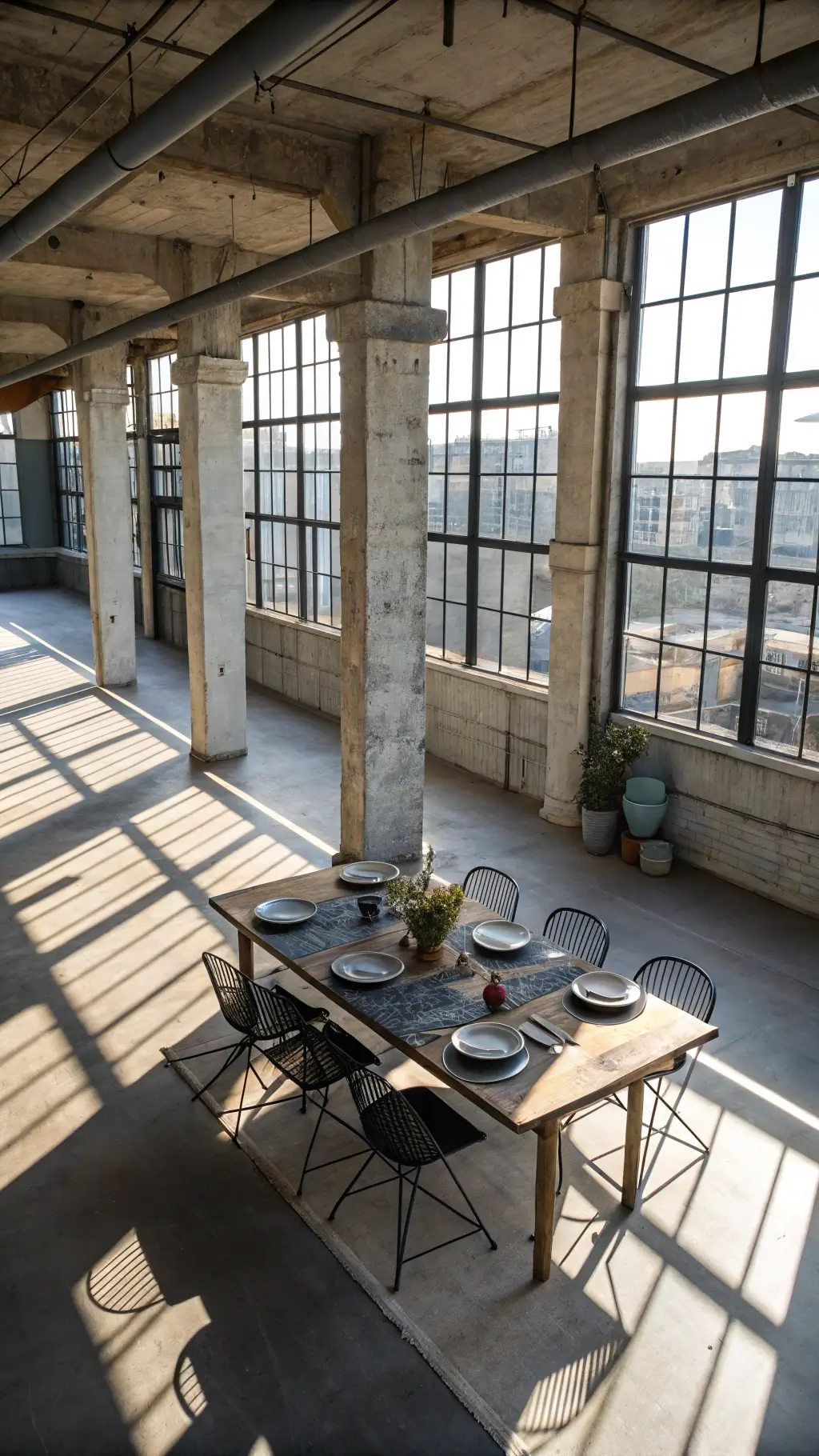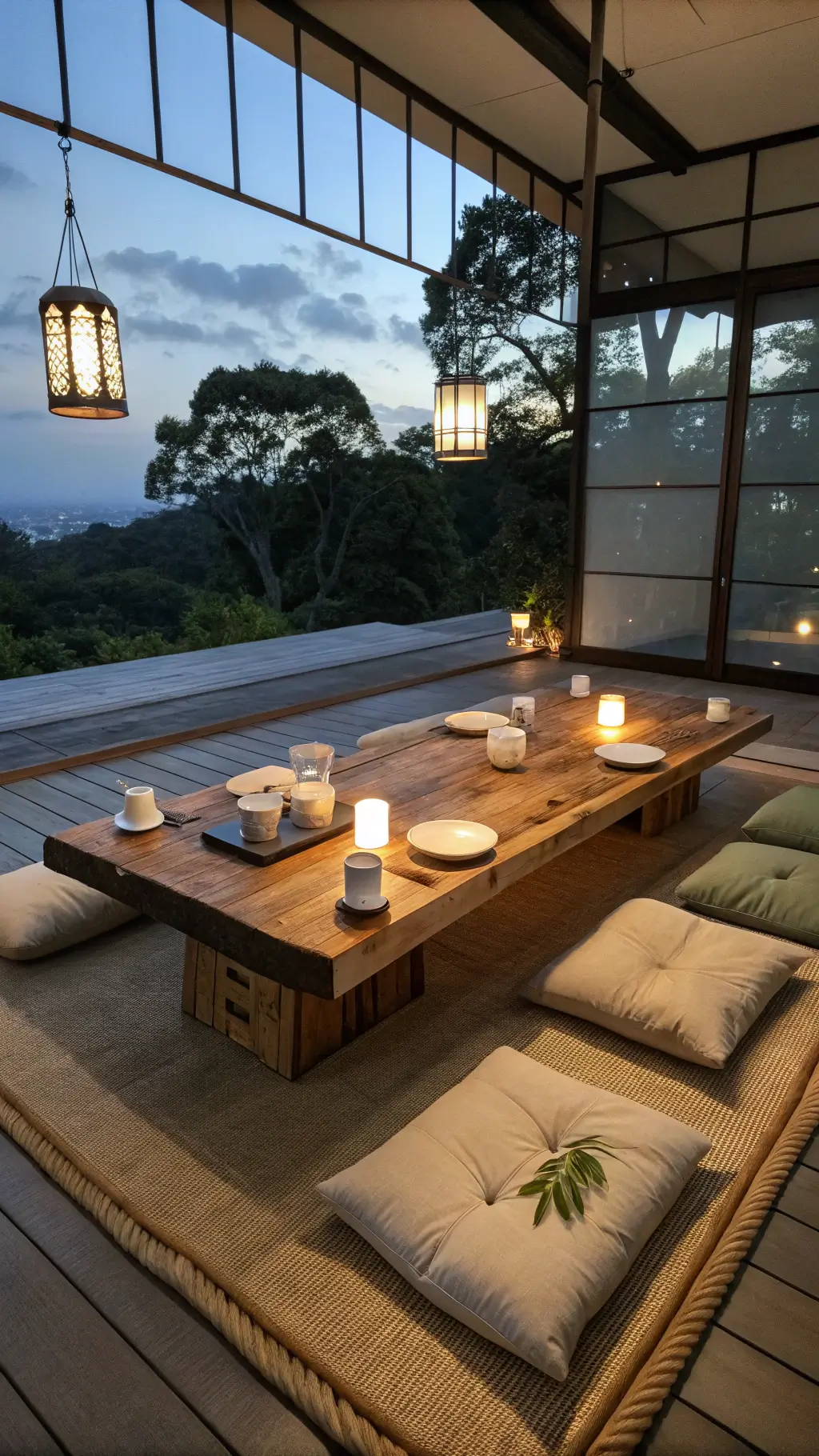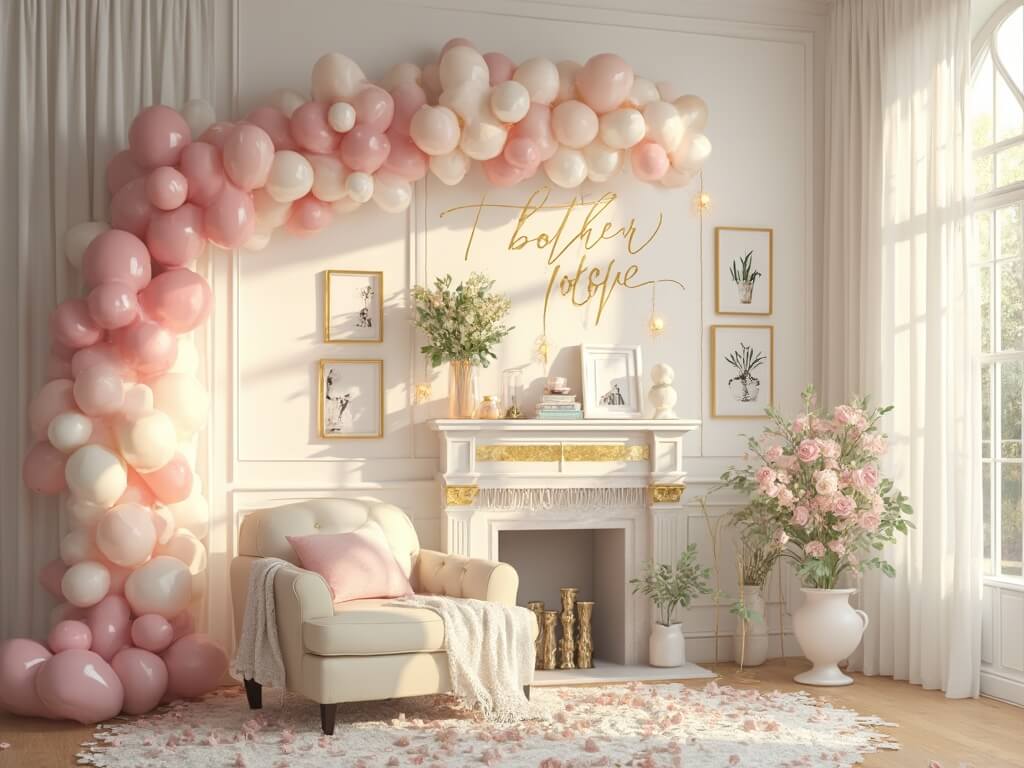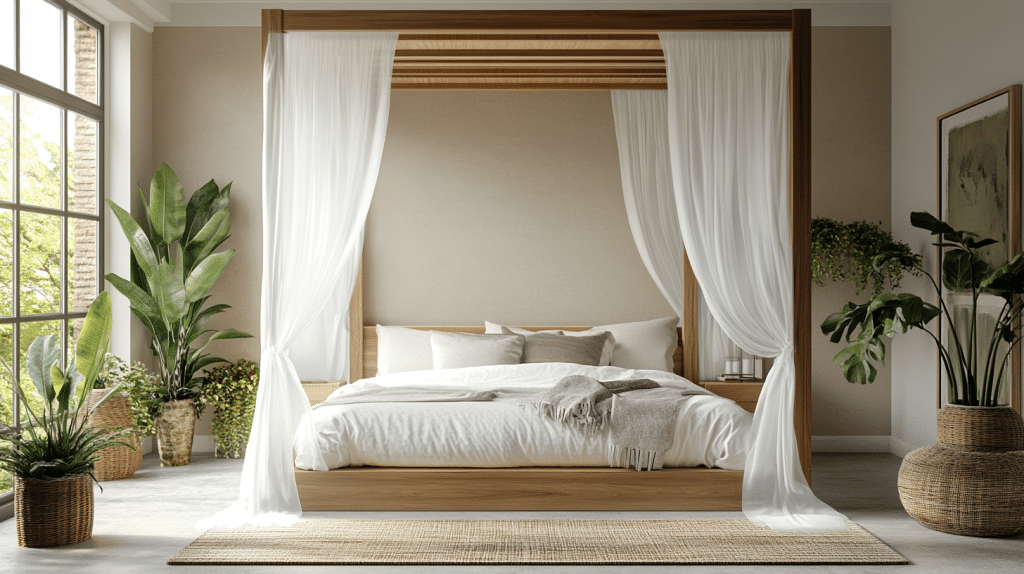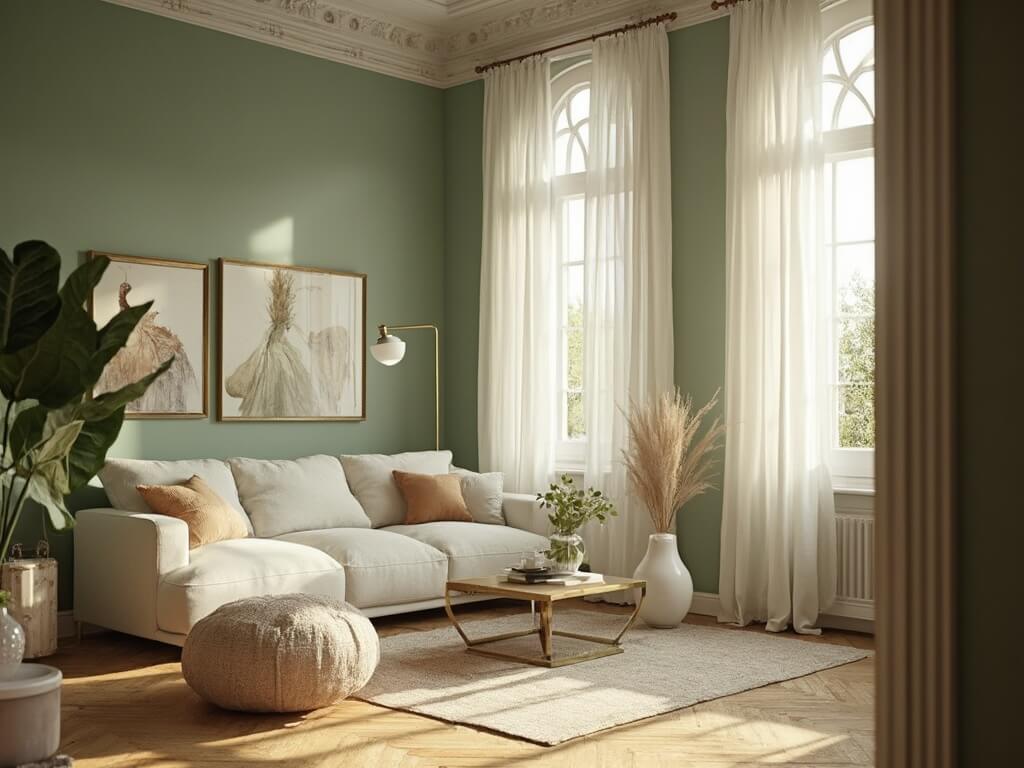Wabi Sabi Dining: Embracing Imperfection in Your Dining Space
Imagine a dining space that whispers stories of authenticity, where every crack, every uneven edge tells a beautiful narrative of life’s beautiful imperfections. Welcome to the world of Wabi Sabi dining—a design philosophy that transforms your eating area into a sanctuary of natural simplicity and profound beauty.
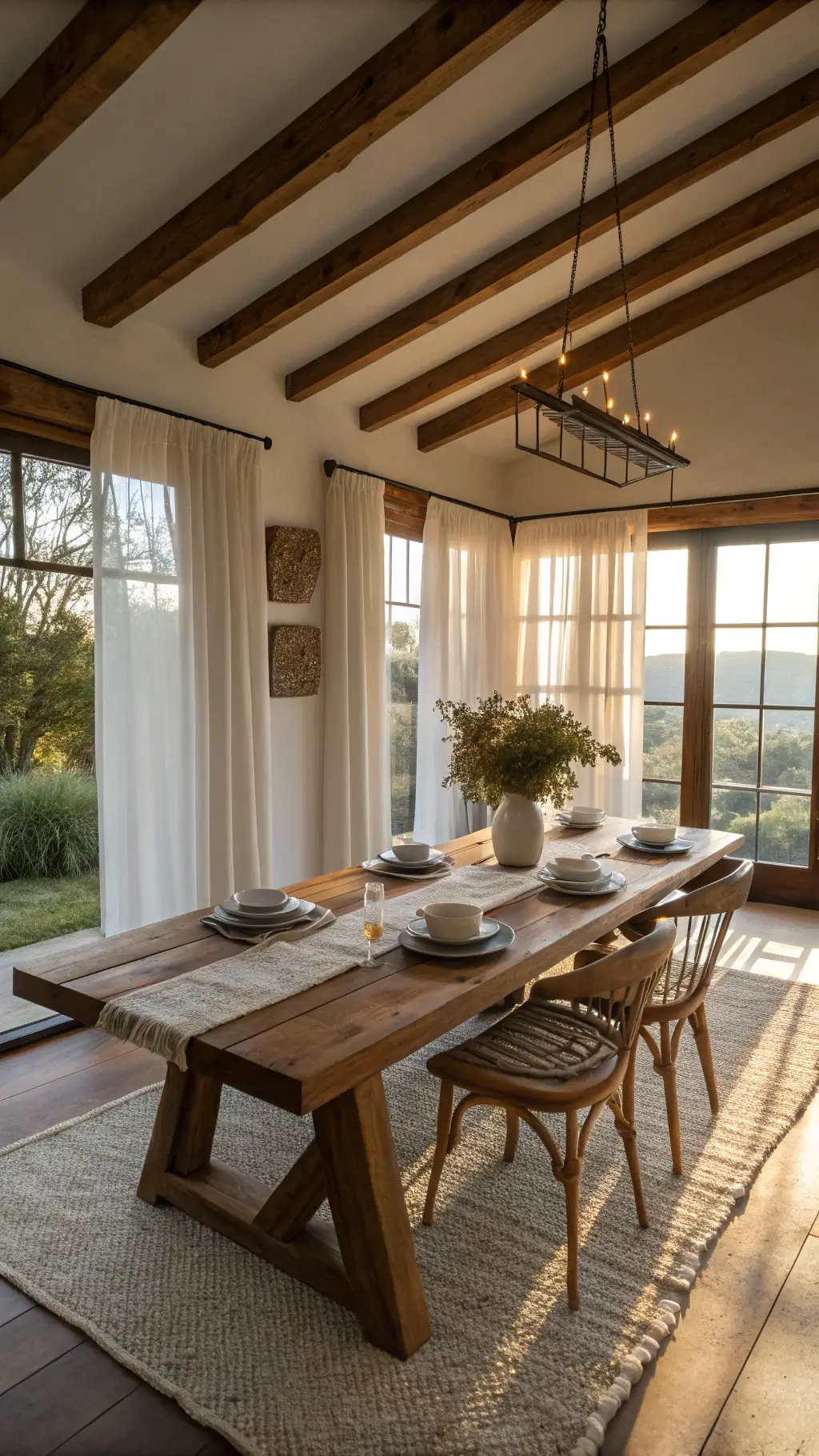
What Exactly is Wabi Sabi Dining?
Wabi Sabi isn’t just a design trend—it’s a way of seeing beauty in the imperfect, the aged, the natural. Think of it as the opposite of picture-perfect Instagram layouts. Here, we celebrate:
- Handcrafted ceramics with slight irregularities
- Wooden tables showing their natural grain and knots
- Soft, lived-in linens with gentle wear
- Colors that whisper rather than shout
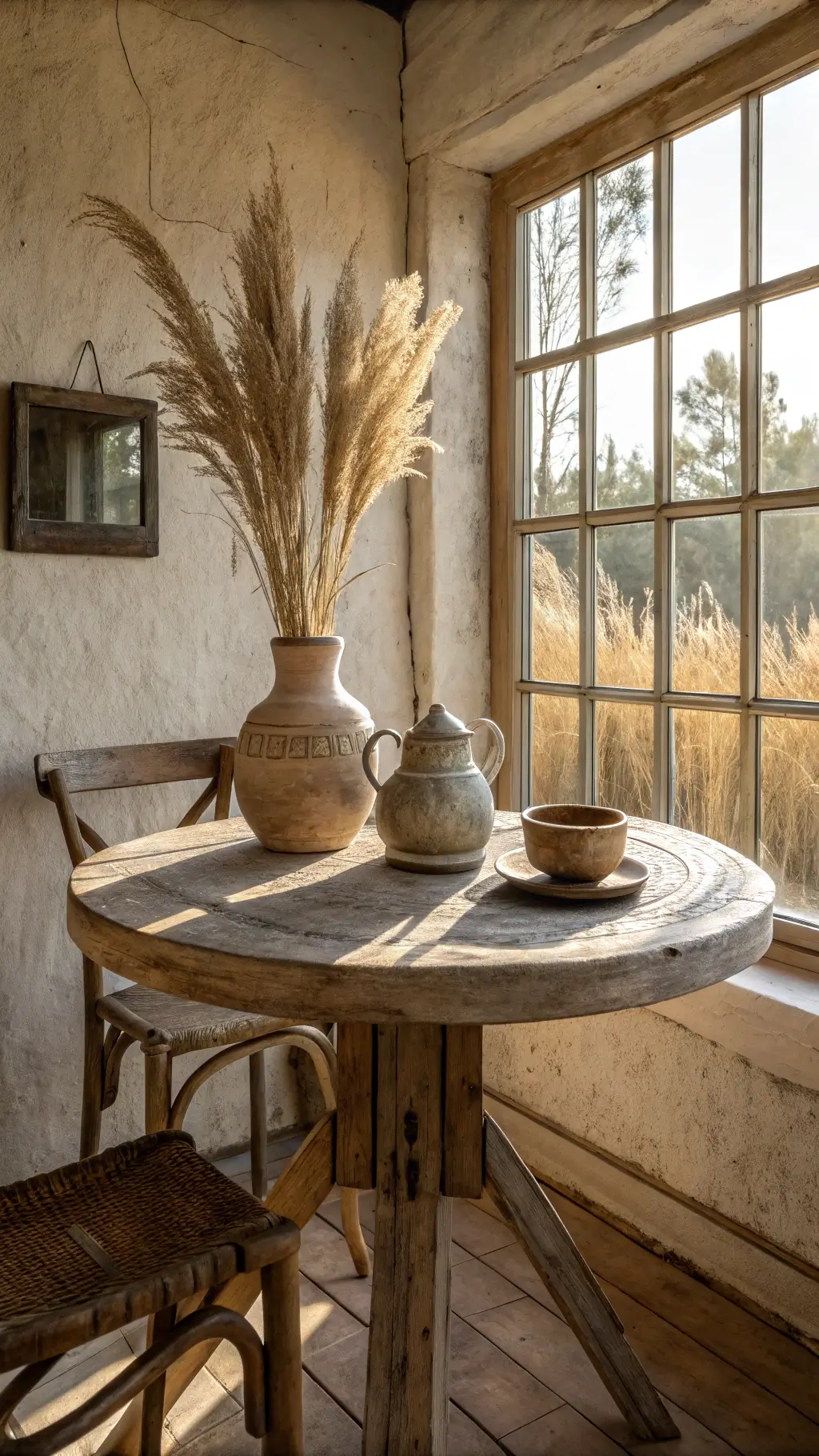
Essential Elements for Your Wabi Sabi Dining Space
The Heart: Your Dining Table
Your table isn’t just furniture—it’s the canvas of your dining experience. Look for:
- Solid wood with visible grain
- Natural edges that tell a story
- Surfaces that show gentle wear and character
- Neutral tones that feel grounded and calm
Tableware: Telling Stories Through Ceramics
Forget matching sets. Wabi Sabi celebrates:
- Handmade ceramics with unique imperfections
- Pottery with slight asymmetries
- Muted earth tones: ochres, grays, soft browns
- Textures that invite touch and wonder
Textural Elements: Layering Natural Materials
Create depth through:
- Linen table runners
- Rough-hewn wooden boards
- Stone coasters
- Bamboo placemats
Pro Styling Tips for Authentic Wabi Sabi
Less is Profoundly More
- Declutter ruthlessly
- Choose pieces with genuine character
- Allow breathing room between objects
- Let each piece tell its own story
Color Palette: Embracing Subtlety
Stick to a soothing, minimal palette:
- Warm grays
- Soft taupe
- Muted browns
- Gentle greens
Seasonal Adaptations
Wabi Sabi isn’t static—it breathes with the seasons:
Autumn:
- Dried branches
- Pomegranates in simple ceramic bowls
- Warm, rich textiles
Spring:
- Cherry blossom branches
- Fresh green herbs
- Light, airy linens
Budget-Friendly Wabi Sabi Transformations
You don’t need a massive budget to embrace this aesthetic:
- Thrift store ceramic hunting
- Secondhand wooden furniture refinishing
- Local artisan marketplace discoveries
- DIY textile aging techniques
Common Wabi Sabi Misconceptions
Myth: It’s just about looking old or worn.
Reality: It’s about appreciating natural evolution and finding beauty in impermanence.
Myth: Wabi Sabi means everything must be brown and boring.
Reality: It’s about nuanced, rich textures and thoughtful simplicity.
Final Thoughts: Your Dining Space, Your Story
Wabi Sabi isn’t a destination—it’s a journey of appreciating life’s beautiful imperfections. Your dining space becomes more than just a place to eat. It becomes a reflection of authenticity, a sanctuary of calm, and a testament to the beauty of natural simplicity.
Embrace the imperfect. Celebrate the authentic. Welcome home.


